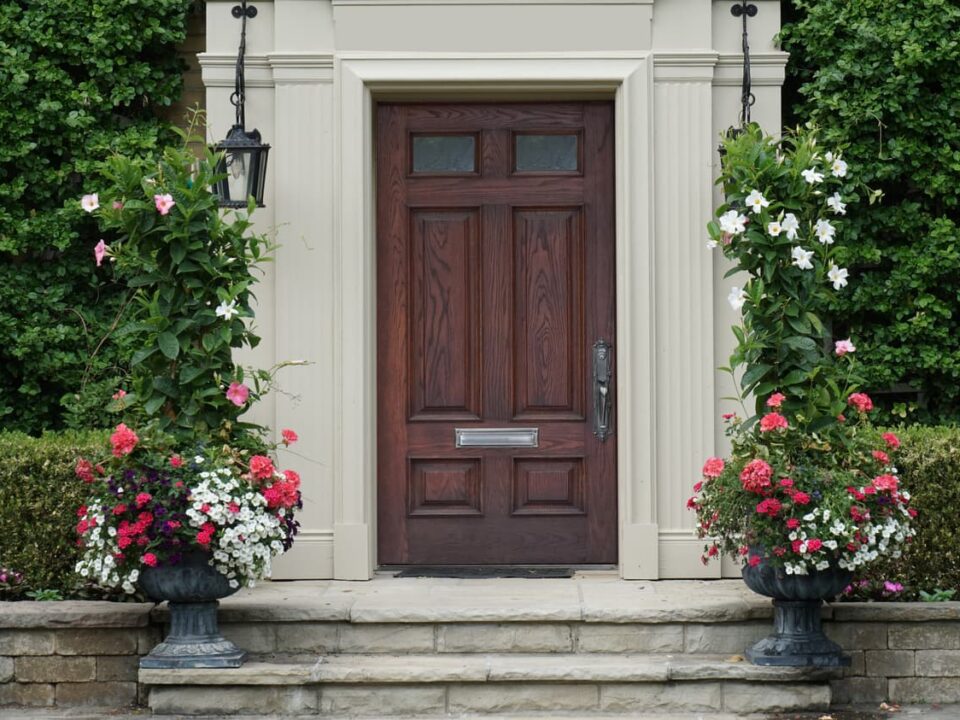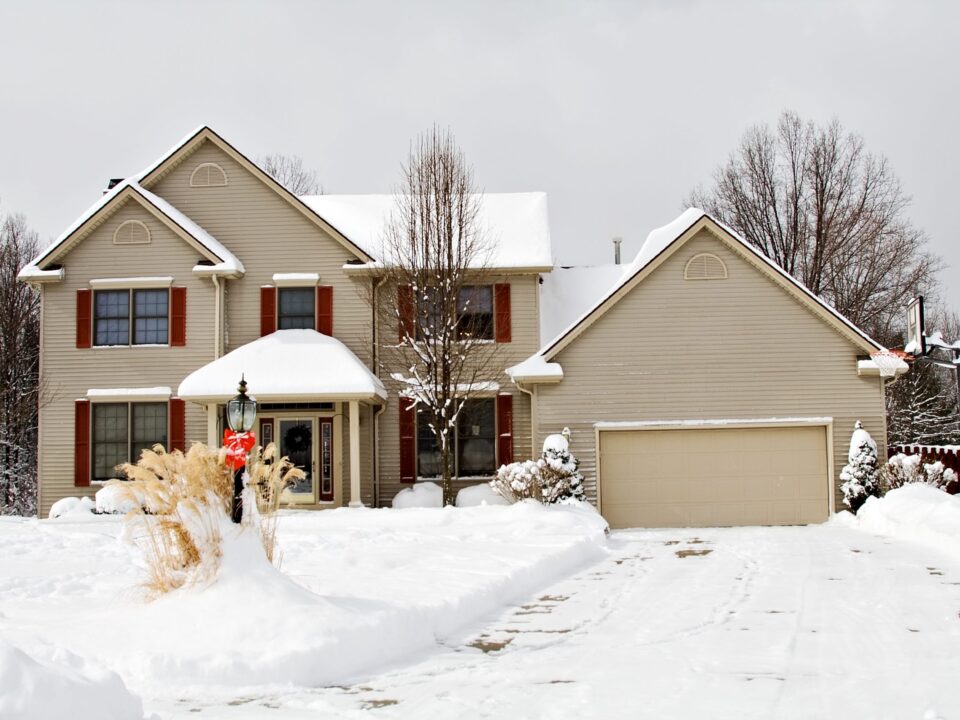
What Are the Benefits of a Storm Door?
January 23, 2020
What Makes an Entry Door Energy Efficient?
January 31, 2020
Unless you’ve done a lot of DIY home remodeling, you may not have ever put much thought into the doors of your home, except maybe your front door. A review of the doors inside and outside your home will reveal that they are, in fact, much different from one another in a few distinct ways.
When it comes time to give your home an update inside and out, it helps to know the differences between the two types of doors, and why those differences matter. Know the difference between the two types of doors, and it makes selecting new doors easier, especially when you are considering replacing your entry door.
Construction
The biggest difference between exterior and interior doors is in how they are constructed. Interior doors have a fairly simple construction, and are typically made of wood or a variation of wood. Interior doors are simple in construction due to the fact that they are not asked to protect the home from the elements.
Interior doors can be hollow-core, making them much lighter than an exterior door that needs to be insulated. Because there is less material needed to construct the door, and due to the increased number of different materials that can be used to construct the door, interior doors are much cheaper than exterior doors.
Exterior doors, by comparison, can also be made out of wood. They can also be constructed out of steel or metal, two materials that you likely won’t find in interior doors. Beyond the composition materials, exterior doors also must be painted or stained to protect against the elements, and the adhesives used to construct the door must also be able to withstand the elements. Entry doors are also insulated. While wood entry doors are typically a wood veneer over a solid wood core, steel or metal doors have foam insulation inside them.
Appearance
While you can buy interior doors that feature no design elements, often you will find them with the same face elements on both sides of the door. That’s not always true for exterior doors, which can have design elements just on the side of the door that will face out.
Exterior doors also carry certain design elements you won’t find on interior doors, like glass panels. These give your home a certain aesthetic appearance which just isn’t necessary for doors inside your home. The one exception to that rule are French doors, which can be interior doors that feature glass panels.
Sizes
Exterior and interior doors will also vary in their overall size. Exterior doors will typically be much thicker than interior doors, simply because of the insulation necessary to protect your home. Interior doors don’t need to be as thick, and so they aren’t.
There’s also a small difference in width. Exterior entry doors come in a standard 36 inches, while interior doors are only 30 inches wide.
While many homeowners go searching for a new entry door based merely on outward appearances, it’s important to know the differences in all types of doors. Making the right choice for your home can bring with it benefits beyond simple curb appeal. Contact us today to learn more.
Subscribe to ARMORVUE Home Exteriors’s Blog
Get ARMORVUE Window & Door’s latest articles straight to your inbox. Enter your name and email address below.




